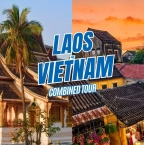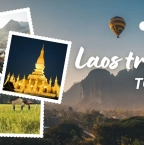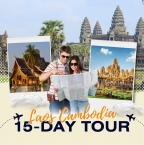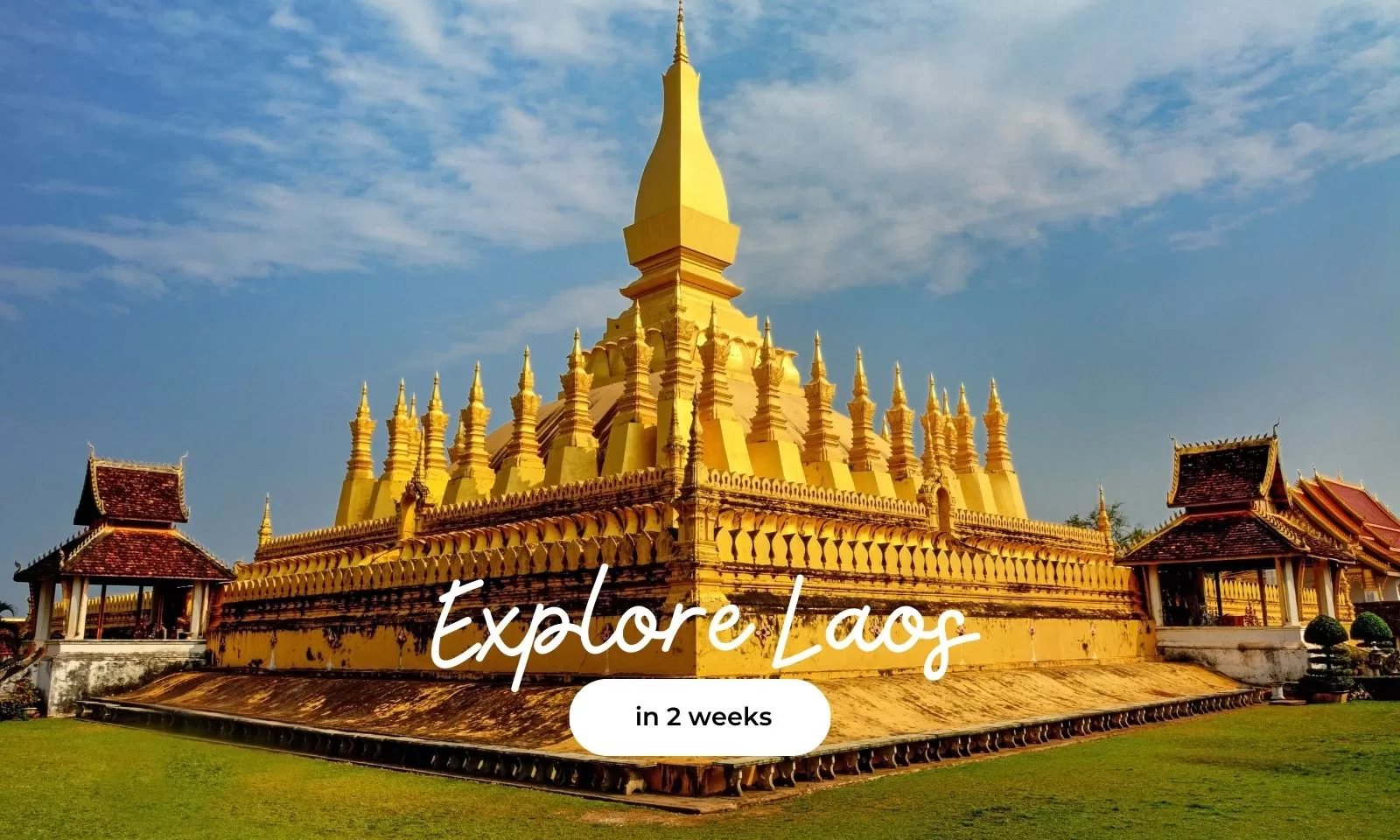
Explore Laos in 2 weeks: A complete travel itinerary for you

Planning to explore Laos in 2 weeks? This best 14-day Laos travel plan will guide you through the country’s must-visit destinations, from the historic charm of Luang Prabang to the relaxing 4,000 Islands. Whether you enjoy nature, culture, or history, this journey offers the best of Laos.
With expert insights from Hanoi Voyages, this 2-week Laos itinerary ensures you experience the best of Laos. Start planning your adventure today!
Table of Contents
- Best time to visit Laos
- Must-visit destinations in your 2-week Laos journey
- Immerse yourself in the cultural heritage of Luang Prabang
- Admire the scenic views of Nong Khiaw
- Escape to the peaceful riverside village of Muang Ngoy
- Experience outdoor adventures in Vang Vieng
- Discover the historic and colonial charm of Vientiane
- Explore the vibrant gateway to Southern Laos in Pakse
- Step back in time at the ancient ruins of Champasak
- Unwind in the peaceful surroundings of Khong Island
- Visit the waterfalls and Mekong wonders of Khone Island
- Delight in the flavors of Laos’ traditional cuisine
- 2 weeks itinerary suggestion in Laos
- Estimated costs for a 2-week trip to Laos
- Essential travel tips for your Laos adventure
Best time to visit Laos
Laos has a tropical monsoon climate, making some months more favorable for travel than others. The best time to visit Laos is from November to March, when the weather is cool and dry, ideal for sightseeing and outdoor activities. During this period, temperatures are comfortable, and the landscapes are lush after the rainy season.
From April to May, temperatures can soar above 35°C, especially in central and southern Laos. While this is the hottest time of the year, it’s also when major festivals like Pi Mai (Lao New Year) take place, offering a unique cultural experience.
The rainy season from June to October brings heavy showers, especially in the afternoons. While travel may be more challenging due to muddy roads and occasional flooding, this season offers fewer crowds, lower prices, and vibrant green scenery, making it a great option for those seeking a quieter experience.
Must-visit destinations in your 2-week Laos journey
Laos is a country of diverse landscapes, rich traditions, and laid-back charm. From historic towns to serene riverside villages, each stop on your journey offers unique experiences. Whether you’re drawn to ancient temples, outdoor adventures, or peaceful retreats, these destinations will make your 2-week trip through Laos unforgettable.
Immerse yourself in the cultural heritage of Luang Prabang
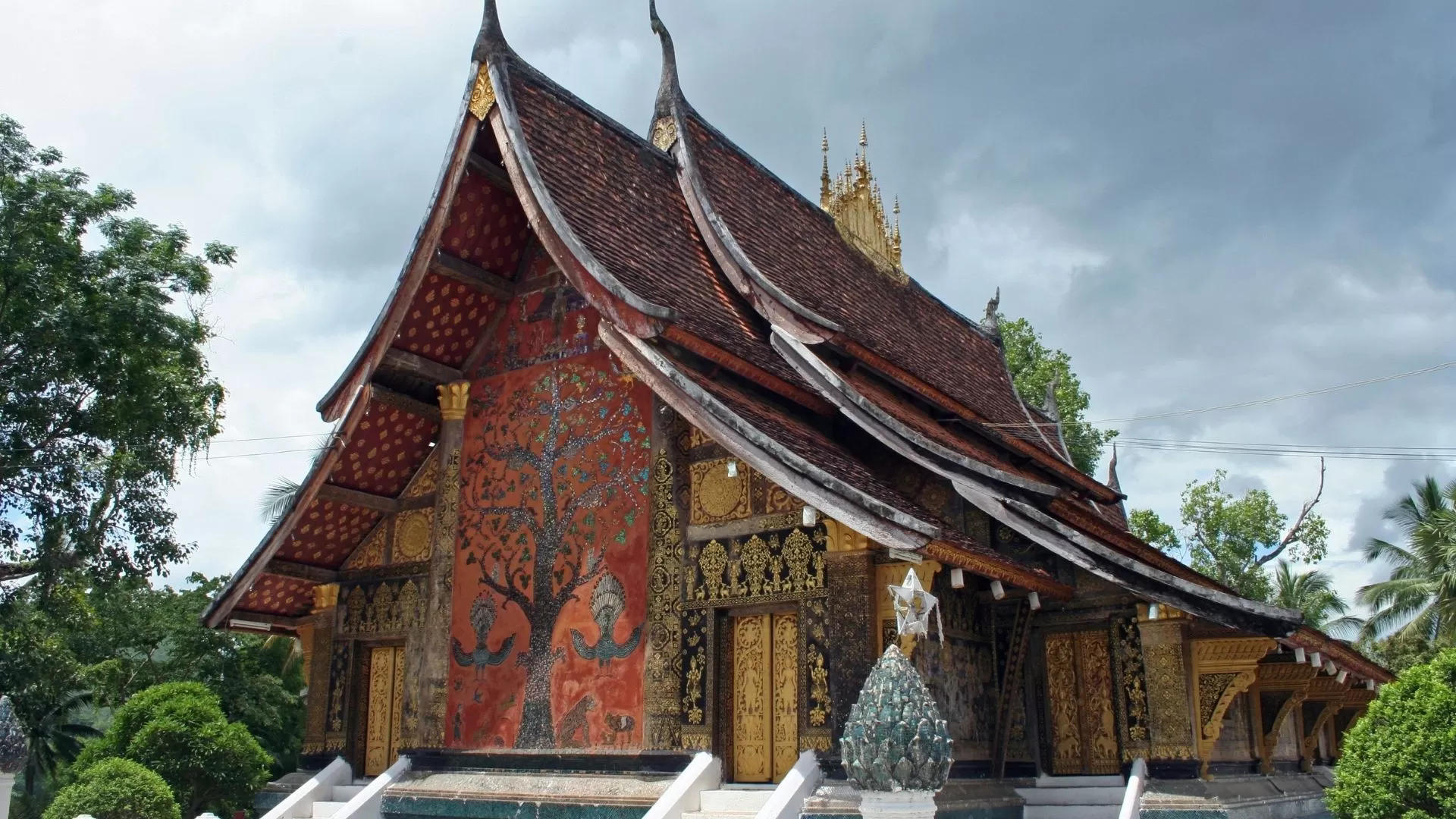
Begin your explore Laos in 2 weeks journey in Luang Prabang, a UNESCO World Heritage Site, is the heart of Laos’ cultural and spiritual life. The city is home to beautifully preserved temples, such as Wat Xieng Thong, known for its intricate carvings and golden mosaics. Every morning, you can witness the Alms Giving Ceremony, where saffron-robed monks collect offerings from locals and visitors alike. The city's charming mix of traditional Lao wooden houses and colonial architecture adds to its unique appeal.
Beyond its historical sites, Luang Prabang offers natural beauty as well. A short drive takes you to Kuang Si Falls, a stunning multi-tiered waterfall where you can swim in turquoise pools. For a panoramic view of the city and the Mekong River, hike up Mount Phousi, especially at sunset. At night, the vibrant Luang Prabang Night Market is the perfect place to sample local delicacies and shop for handcrafted souvenirs.
Admire the scenic views of Nong Khiaw
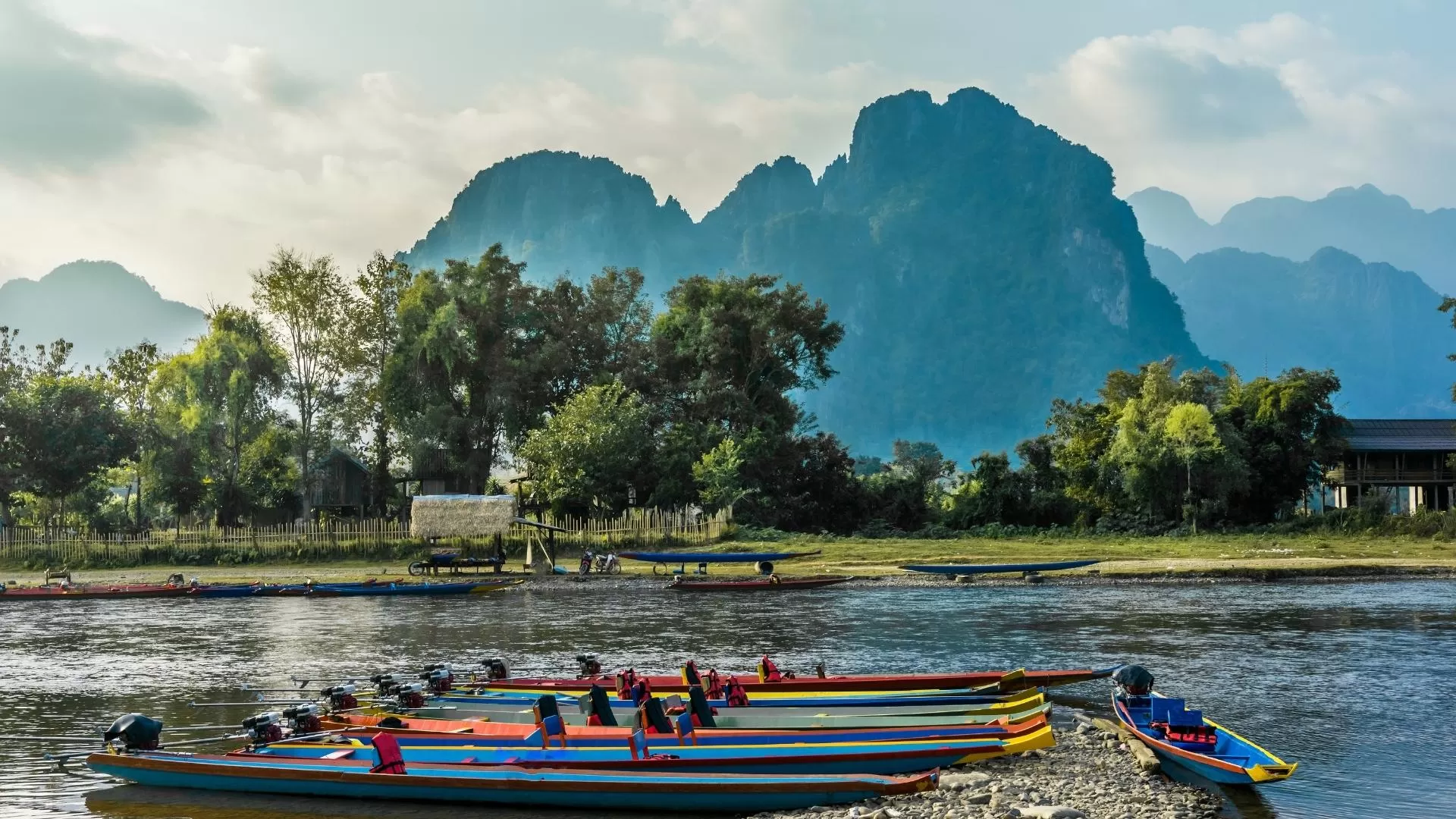
Nong Khiaw is a hidden treasure along the Nam Ou River, surrounded by dramatic limestone cliffs and lush green hills. The town is a haven for nature lovers, offering plenty of trekking opportunities to explore remote ethnic villages. One of the most rewarding hikes leads to Phadeng Viewpoint, where you can enjoy sweeping views of the river winding through the mountains.
For those who prefer a slower pace, a boat trip along the Nam Ou River provides a relaxing way to soak in the natural beauty of the area. Nong Khiaw is also known for its quiet atmosphere, making it a great place to unwind in a riverside bungalow and experience the simple charm of rural Laos.
Escape to the peaceful riverside village of Muang Ngoy
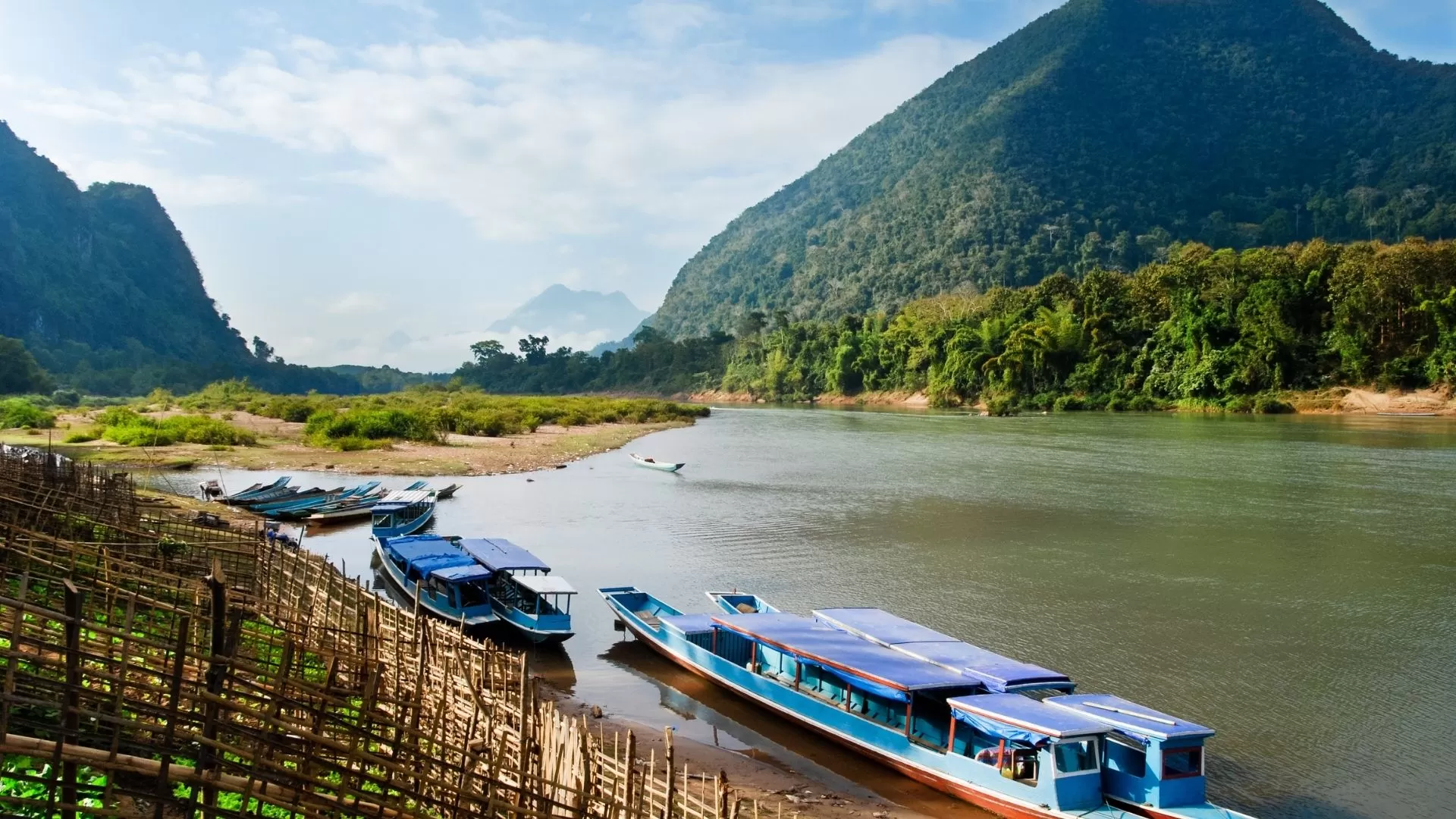
Just a one-hour boat ride from Nong Khiaw, Muang Ngoy is a secluded riverside village perfect for travelers looking to disconnect. With no roads and minimal development, it offers a rare glimpse into traditional Lao life. The village is surrounded by stunning landscapes, with plenty of hiking trails leading to nearby caves, waterfalls, and ethnic minority villages.
One of the highlights here is Tham Kang Cave, which once served as a bomb shelter during the war. Today, it’s a peaceful spot to explore, with cool waters and scenic surroundings. With its simple bamboo huts, friendly locals, and tranquil riverside setting, Muang Ngoy is the perfect place to slow down and enjoy nature.
Experience outdoor adventures in Vang Vieng
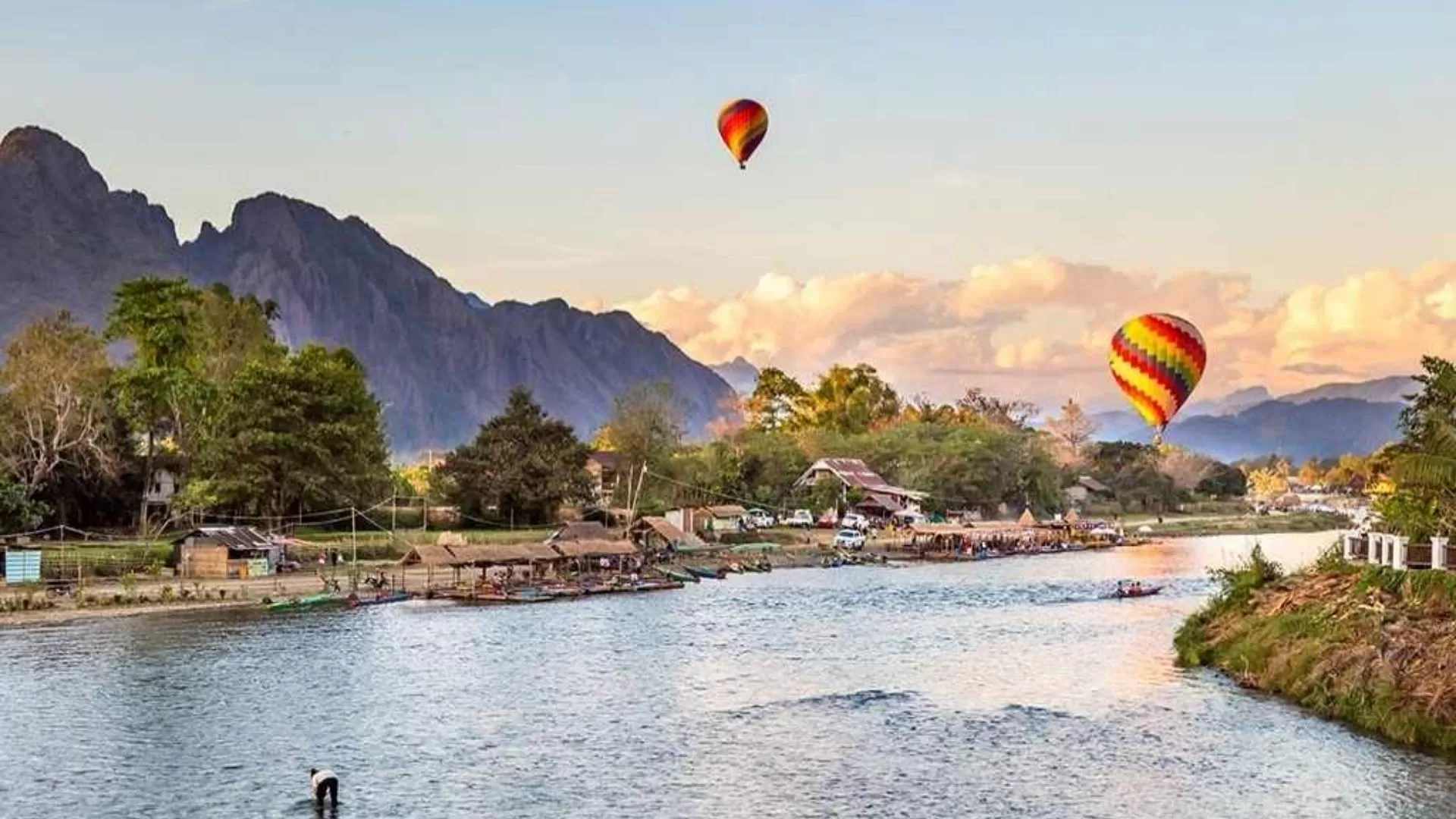
Vang Vieng is an adventure lover’s paradise, offering everything from kayaking and tubing along the Nam Song River to exploring vast limestone caves. The town, once known for its backpacker party scene, has transformed into a destination for nature and adrenaline seekers. Tham Chang Cave, one of the most famous caves in the area, features impressive stalactites and stunning viewpoints.
For those seeking breathtaking landscapes, a hot air balloon ride over Vang Vieng’s karst mountains at sunrise is an unforgettable experience. If you prefer land-based activities, cycling through the surrounding countryside offers a chance to visit small villages, rice fields, and scenic lagoons like the well-known Blue Lagoon.
Discover the historic and colonial charm of Vientiane
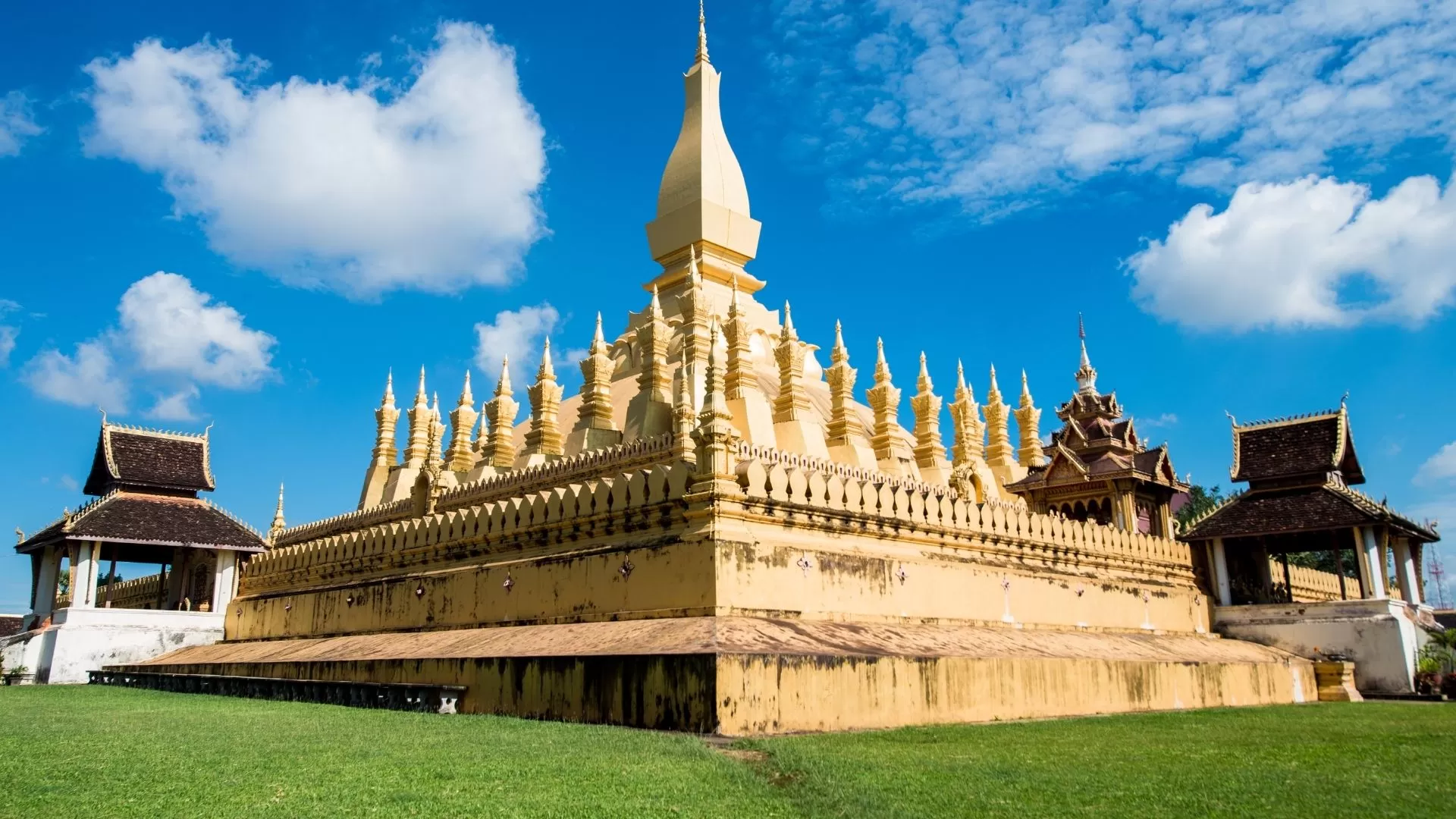
The capital city of Laos, Vientiane, offers a mix of historical landmarks and a laid-back Mekong riverside atmosphere. One of the most significant sites is Pha That Luang, a golden stupa that symbolizes Laos’ Buddhist heritage. Another must-visit landmark is Wat Sisaket, the city’s oldest temple, known for its thousands of Buddha statues lining the walls.
Beyond temples, Vientiane retains a touch of its colonial past, seen in its French-inspired cafés and architecture. A walk along the Mekong River promenade is a great way to end the day, with night markets, local food stalls, and a relaxed atmosphere. The city’s slower pace makes it a pleasant stop on your Laos journey.
Explore the vibrant gateway to Southern Laos in Pakse
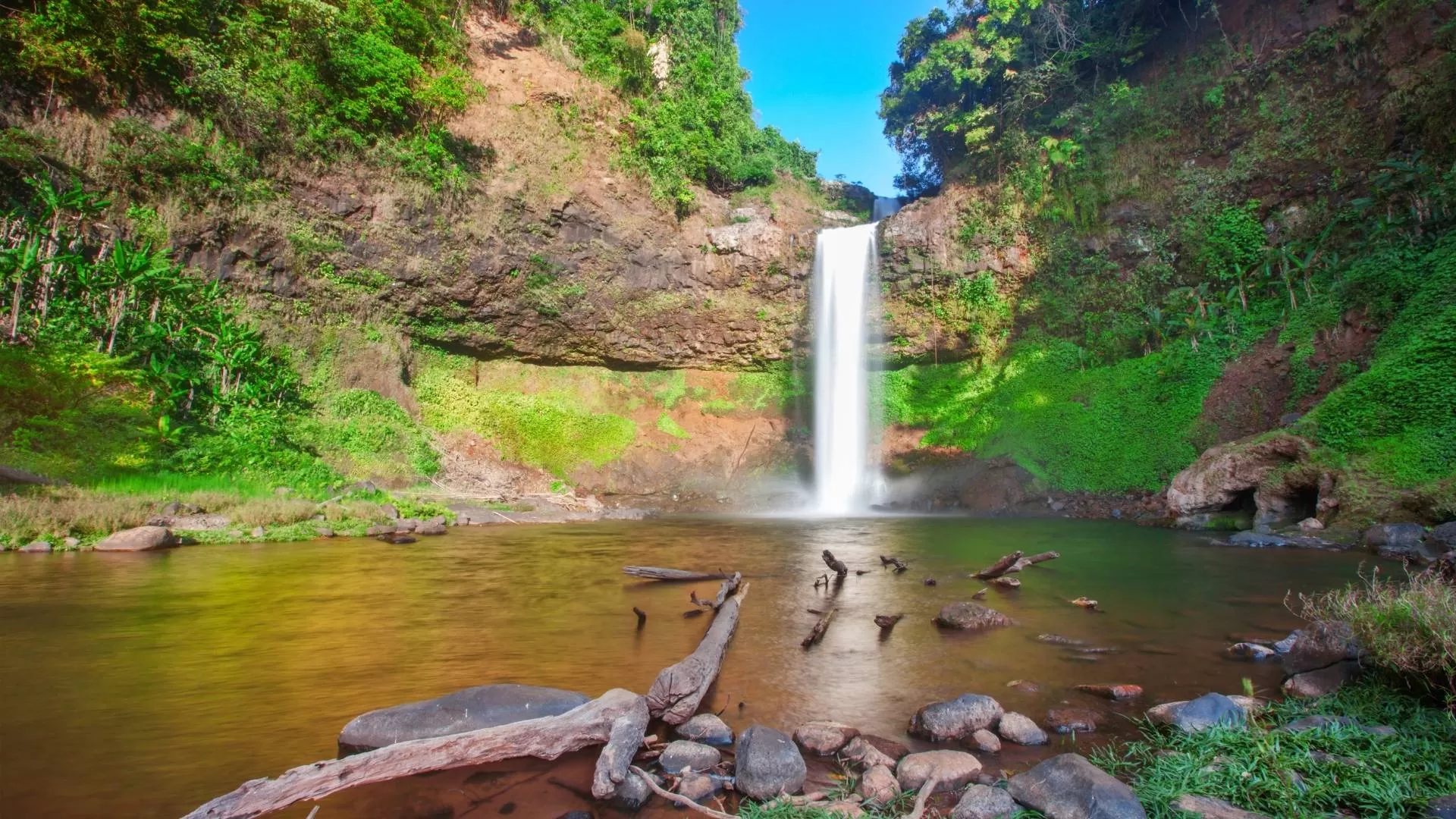
Pakse is the main entry point to southern Laos and a great base for exploring nearby attractions. The city itself has a lively market scene and a mix of Lao and French colonial influences. One of its main highlights is Wat Luang, a temple overlooking the river, where you can witness local monks going about their daily rituals.
From Pakse, you can venture to the Bolaven Plateau, a highland region famous for its waterfalls, coffee plantations, and cooler climate. Tad Fane and Tad Yuang are two of the most impressive waterfalls in the area, offering beautiful scenery and hiking opportunities. Coffee lovers can also visit local farms to learn about Laos’ coffee-growing traditions.
Step back in time at the ancient ruins of Champasak
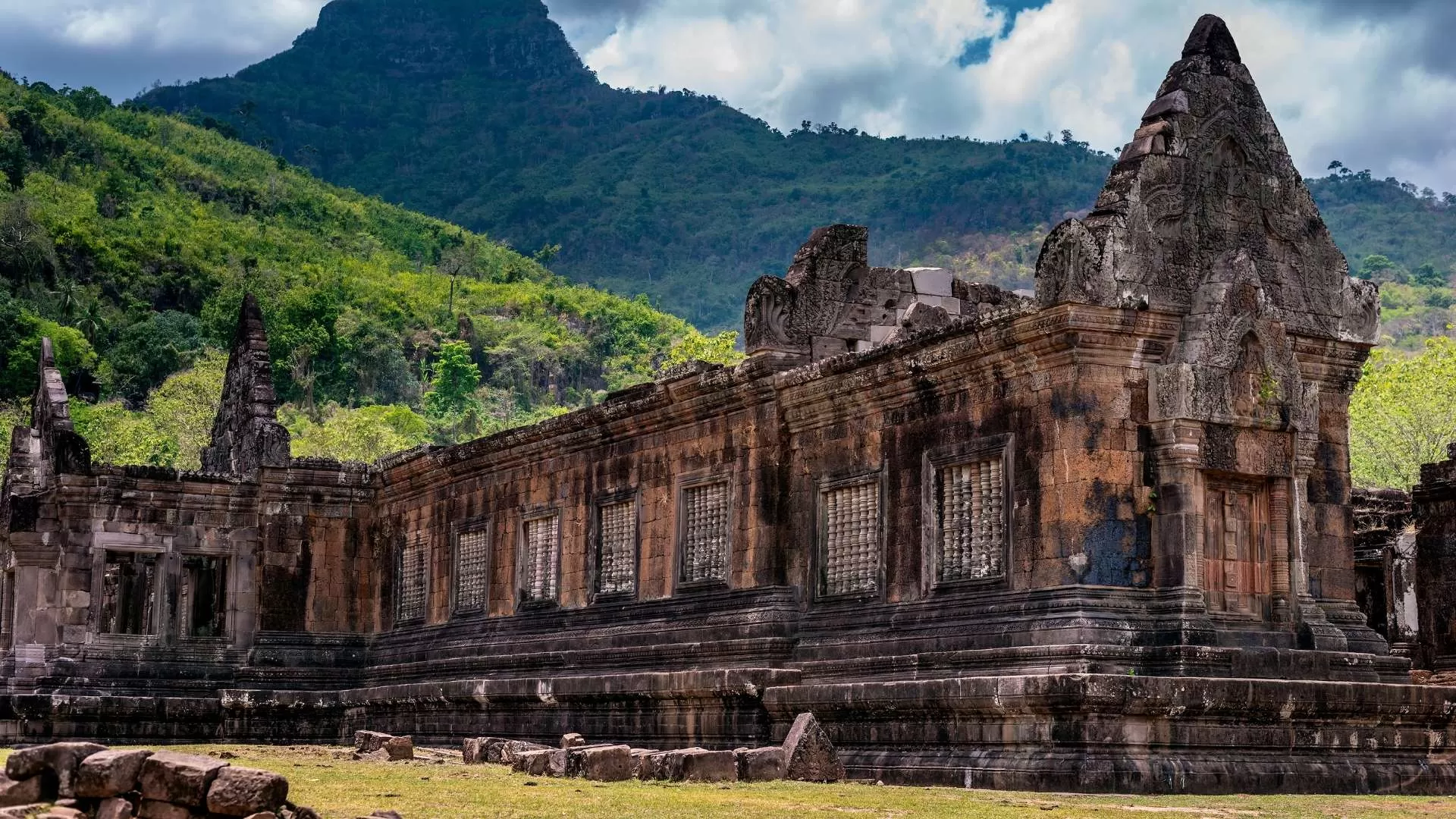
Just a short drive from Pakse, Champasak is home to Wat Phou, a UNESCO World Heritage Site dating back to the Khmer Empire. This ancient temple complex, built before Angkor Wat, sits on a hillside overlooking the Mekong River. The ruins, with their intricate carvings and sacred atmosphere, provide a fascinating glimpse into the region’s history.
Apart from Wat Phou, Champasak itself is a quiet riverside town with charming colonial buildings and a slow-paced ambiance. It’s an ideal place to relax and soak in the historical significance of southern Laos.
Unwind in the peaceful surroundings of Khong Island
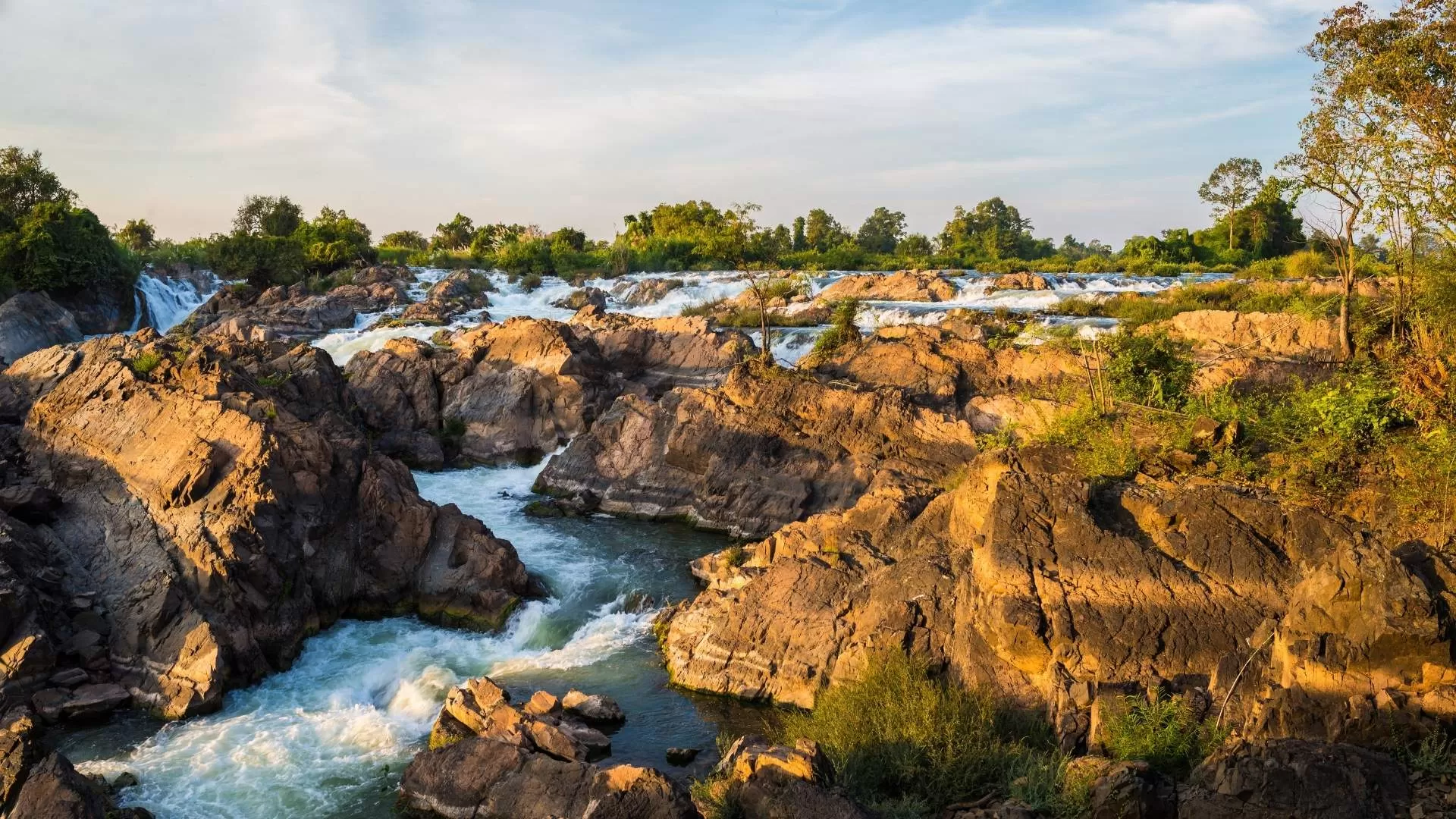
As the largest of the 4,000 Islands (Si Phan Don), Khong Island offers a laid-back escape along the Mekong River. The island is best explored by bicycle, allowing you to ride past rice fields, small villages, and scenic riverbanks. The relaxed atmosphere, combined with friendly locals and slow-paced island life, makes it a perfect retreat.
Visitors can also take boat trips to nearby islands or simply enjoy the riverside views from a hammock. With no rush and no crowds, Khong Island is the perfect place to unwind and enjoy the simple beauty of Laos.
Visit the waterfalls and Mekong wonders of Khone Island
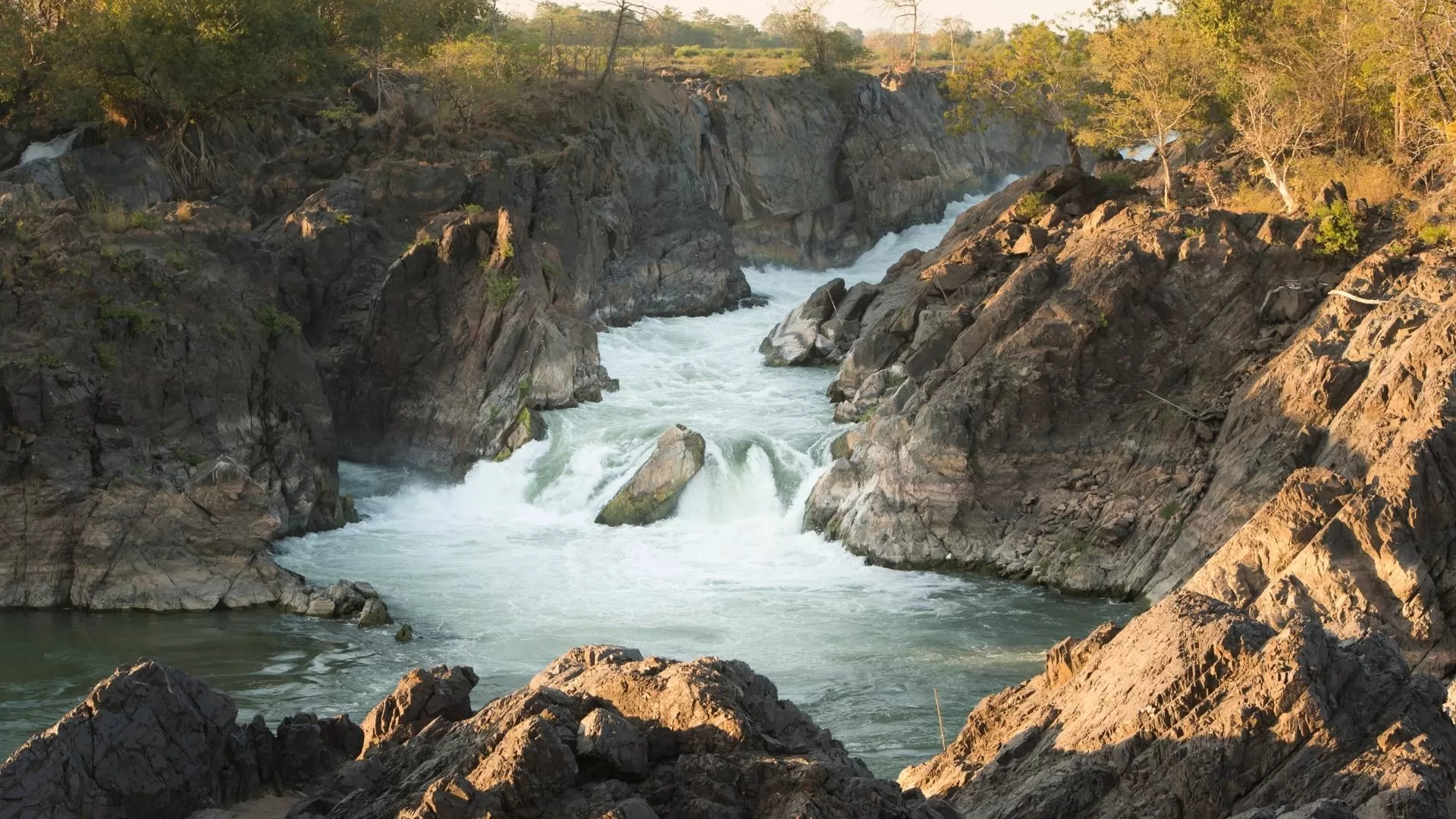
Conclude your Explore Laos in 2 weeks adventure in the southern region of Laos with Khone Island is one of the most fascinating destinations in the 4,000 Islands region. It is home to Li Phi Waterfalls, where the powerful Mekong River cascades over jagged rocks, creating a dramatic natural spectacle. The island also has remnants of the French colonial railway, including an old bridge that connects it to neighboring Don Det.
One of the main attractions here is the opportunity to see the rare Irrawaddy dolphins. A boat tour on the Mekong River increases your chances of spotting these elusive creatures in their natural habitat. With its mix of nature, history, and river life, Khone Island is a must-visit in southern Laos.
Delight in the flavors of Laos’ traditional cuisine
Lao cuisine is a celebration of fresh ingredients, aromatic herbs, and bold flavors influenced by its neighboring countries. Known for its balance of salty, sour, spicy, and umami tastes, Lao food is an essential part of the cultural experience. From bustling street food markets to family-run eateries, every meal in Laos offers something delicious to discover.
| Must-try Laos dishes |
|
2 weeks itinerary suggestion in Laos
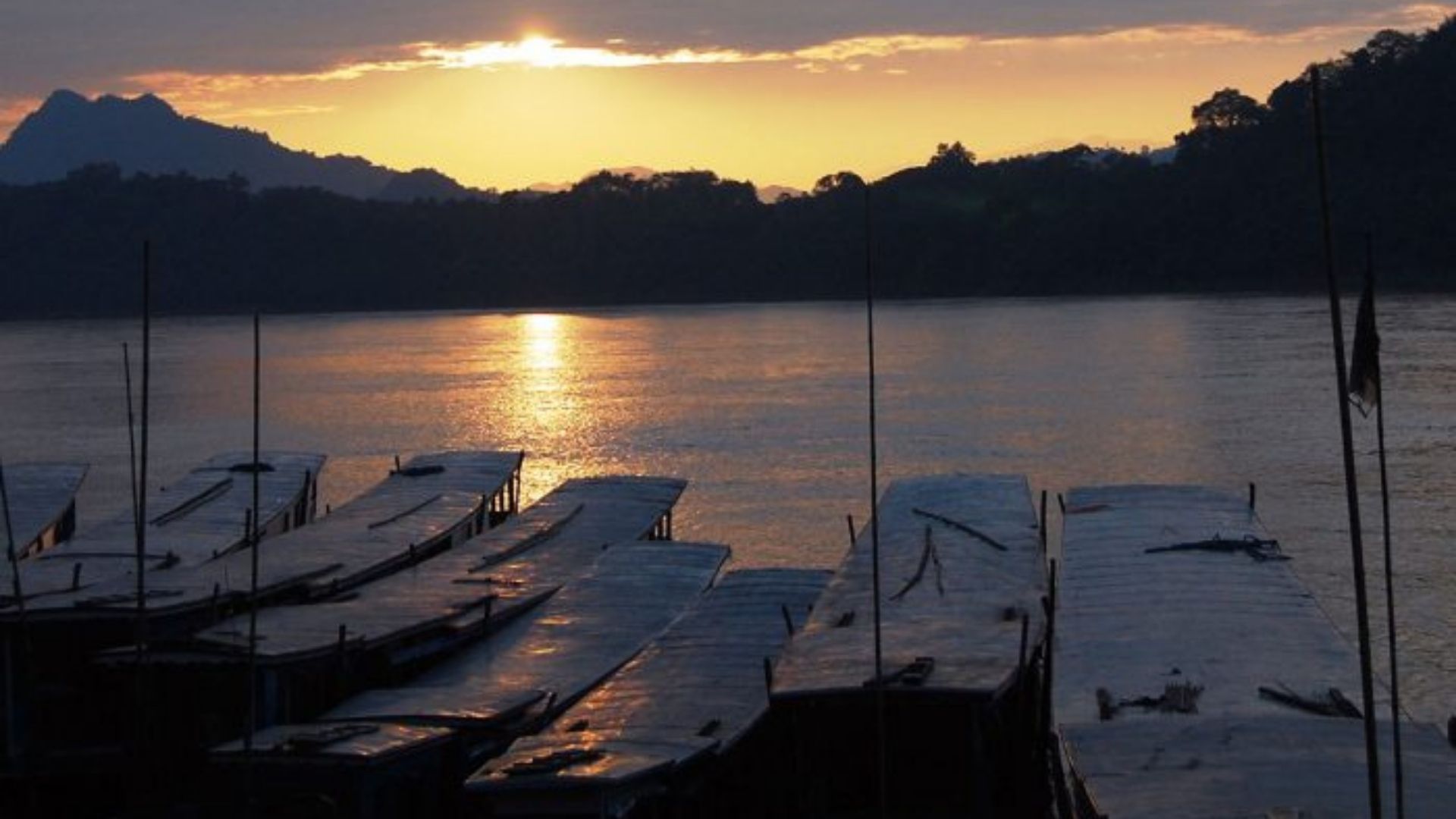
If you're looking for a well-planned 2-week Laos itinerary with a perfect mix of history, culture and relaxation, consider the Panorama of Laos 14 days by Hanoi Voyages. This tour covers iconic sites while offering memorable experiences:
Day 1 : Luang Prabang
Day 2 : Luang Prabang
Day 3 : Luang Prabang
Day 4 : Luang Prabang - Nong Khiaw
Day 5 : Nong Khiaw - Muang Ngoy
Day 6 : Nong Khiaw - Vang Vieng
Day 7 : Vang Vieng
Day 8 : Vang Vieng - Vientiane
Day 9 : Vientiane
Day 10 : Vientiane - Champassak
Day 11 : Champassak - Khong Island
Day 12 : Khong Island - Khone Island
Day 13 : Khong Island - Pakse
Day 14 : Pakse - Vientiane - Departure
At Hanoi Voyages, we specialize in designing personalized travel experiences that reflect your unique preferences. If this tour isn't exactly what you're looking for, we're eager to create a custom itinerary just for you. Contact us now to begin planning your Laos trip!
Estimated costs for a 2-week trip to Laos
A 2-week trip to Laos offers an enriching experience without requiring an extravagant budget. Costs will depend on your travel style, from budget-friendly stays and local street food to luxury resorts and fine dining. Understanding the expenses for accommodation, food, transportation, and flights will help you plan your trip efficiently.
The cost of accommodation
Accommodation in Laos ranges from budget-friendly hostels to high-end resorts. In cities like Luang Prabang and Vientiane, travelers can find comfortable mid-range hotels, while remote areas offer affordable guesthouses and homestays. Prices tend to rise during the peak season (November to March), but those visiting in the off-season (May to October) can find great deals.
For travelers seeking a more luxurious experience, boutique hotels and resorts provide upscale services and scenic locations. Staying in a riverside bungalow in Champasak or a mountain retreat in Nong Khiaw offers a peaceful escape, though at a higher cost. Regardless of budget, Laos offers accommodation options that cater to different travel preferences.
Budget travelers can find dormitory beds for as low as $5–$10 per night, while mid-range hotels cost around $30–$60 per night. Luxury resorts and high-end accommodations range from $100 to $300 per night, depending on the location and season.
The cost of food
Dining in Laos is a highlight of any trip, with an abundance of flavorful and affordable dishes. Local markets and street food stalls serve authentic Lao cuisine at low prices, making it easy to enjoy delicious meals without spending much. Simple yet satisfying dishes like Khao Poon (noodle soup) and Larb (minced meat salad) are commonly found in casual eateries.
For those looking for a more refined dining experience, mid-range and upscale restaurants, especially in tourist hubs, offer both Lao and international cuisine. Fine dining in luxury hotels comes at a premium, but for travelers who enjoy a mix of casual and formal dining, Laos provides excellent value for money.
Street food and local meals cost around $2–$5 per dish, while dining at mid-range restaurants typically costs $10–$20 per meal. High-end restaurants and fine dining experiences can range from $30 to $80 per person, depending on the restaurant and menu selection.
The cost of transportation
Navigating Laos is relatively affordable, with various transportation options available. In cities, tuk-tuks and taxis are a popular way to get around, though it’s best to agree on a price before starting your ride. For intercity travel, buses and shared minivans provide a budget-friendly option, though journeys can be long due to mountainous terrain.
For more flexibility, renting a motorbike is a great way to explore areas like Vang Vieng or Pakse. Travelers heading to the 4,000 Islands region will need to take boat transfers, which are inexpensive and add to the adventure. While transportation in Laos is affordable, travel times can be long, so planning ahead is essential.
Tuk-tuk rides cost around $2–$5 per short trip, while bus and minivan fares range from $5–$25 per trip, depending on the distance. Renting a motorbike costs approximately $7–$15 per day, and boat transfers in the 4,000 Islands area are usually under $5 per ride.
The cost of flights
International flight costs vary depending on the departure location and season. Flights from nearby countries like Thailand and Vietnam are generally affordable, making Laos an accessible destination within Southeast Asia. For travelers coming from Europe or North America, airfare can be more expensive, but booking early and flying during off-peak seasons can help reduce costs.
Domestic flights within Laos are available between major cities such as Vientiane, Luang Prabang, and Pakse. While flying significantly reduces travel time compared to long bus rides, domestic airfare is relatively high for short distances. Travelers should weigh the cost versus the convenience of flying when planning their itinerary.
Round-trip international flights from neighboring countries can cost $100–$300, while long-haul flights from Europe or North America typically range from $700–$1,500. Domestic flights within Laos cost around $50–$150 one way, depending on the route and booking time.
You may want to read: Laos travel budget: How much should you expect to spend?
Essential travel tips for your Laos adventure
Planning a 2-week trip to Laos requires some preparation to ensure a smooth and enjoyable journey. From visa regulations to cultural etiquette, here are key travel tips covering entry requirements, budgeting, safety, and packing essentials.
Visa and entry requirements
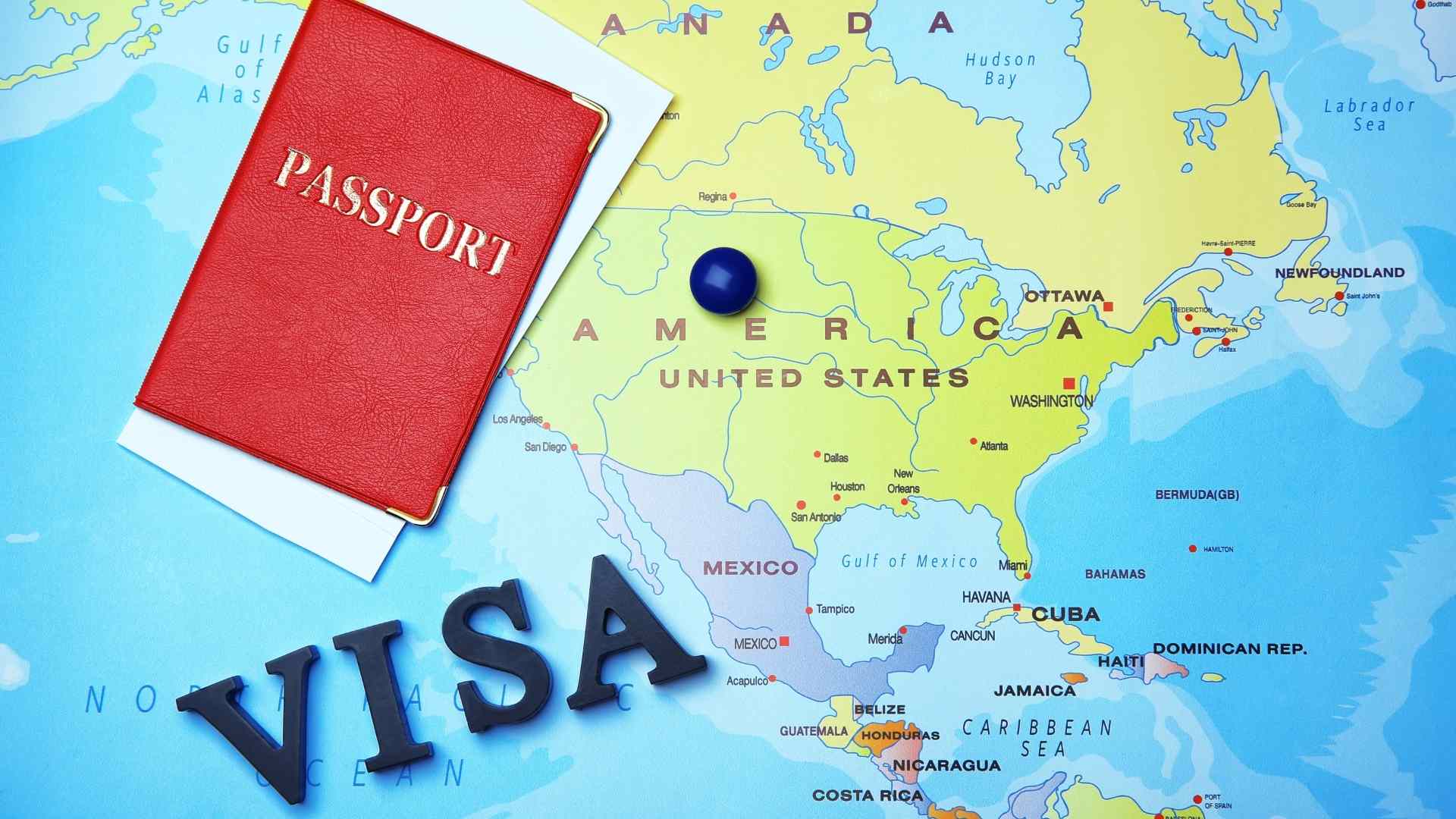
Most travelers need a visa to enter Laos. You can obtain a tourist visa either on arrival or online (eVisa) before your trip.
Visa on arrival: Available at international airports (Vientiane, Luang Prabang, Pakse) and major land border crossings. The visa costs between $30 – $50, payable in US dollars.
eVisa: Apply online before arrival through the official Laos eVisa website. Processing usually takes 3-5 days, and the visa is valid for 30 days.
Passport requirements: Ensure your passport is valid for at least six months beyond your arrival date. Some border crossings may have additional requirements, so check in advance.
Money and budgeting tips
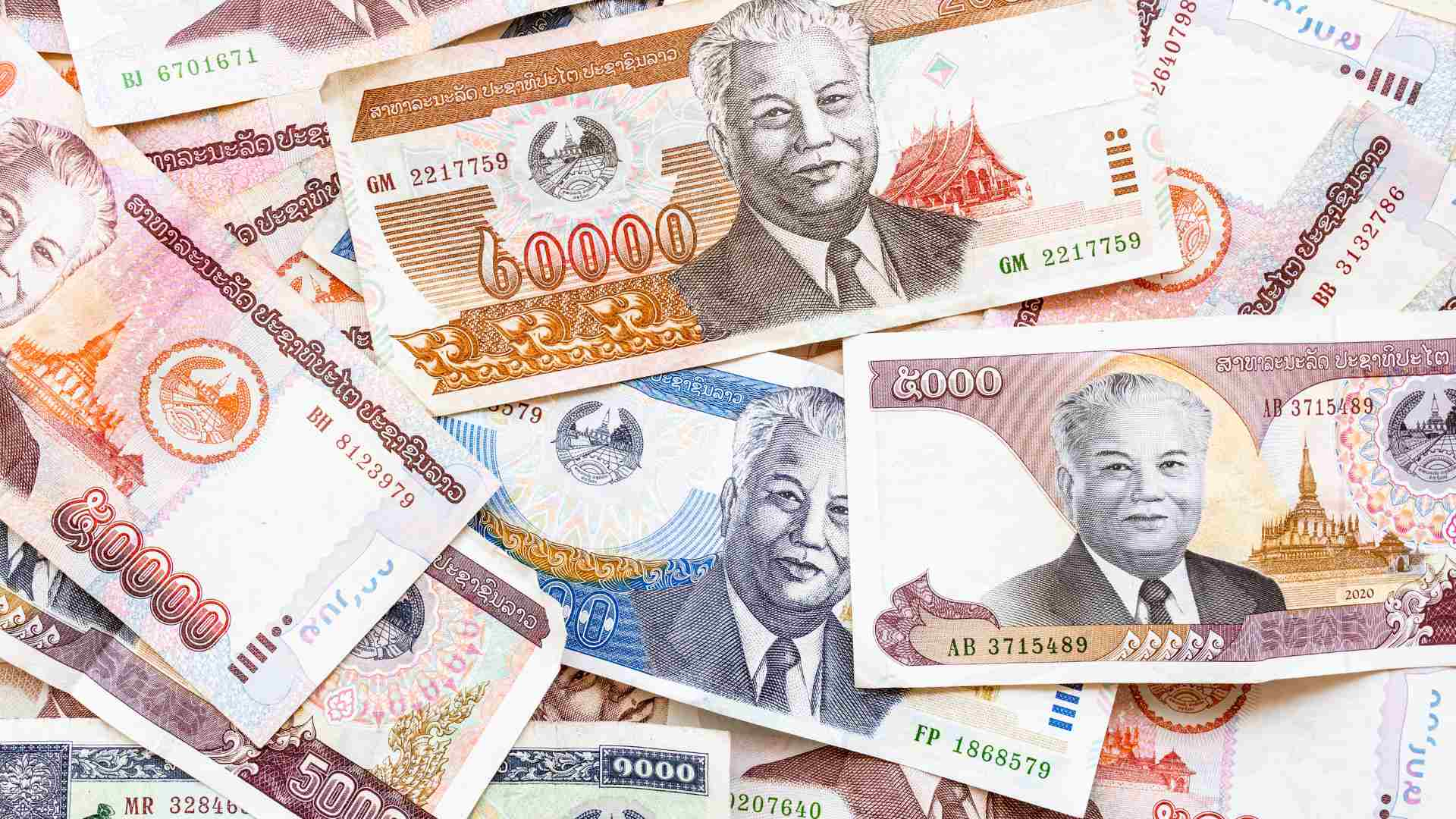
Laos primarily uses the Lao Kip (LAK), but US dollars and Thai Baht are widely accepted, especially in tourist areas.
Use cash: Many small businesses, street vendors, and rural areas do not accept credit cards. Always carry small Kip bills for daily expenses.
ATMs are available: While major cities have ATMs that dispense Kip, they often charge withdrawal fees of $3 – $6 per transaction. Having some US dollars as backup is useful.
Money exchange: Currency exchange services are common, but rates vary. It’s best to exchange money in banks or reputable exchange counters for better rates.
Cultural etiquette and local customs
Laotians are known for their warm hospitality, but respecting local traditions is important to ensure a positive cultural experience.
Dress modestly: When visiting temples, cover your shoulders and knees. Lightweight, breathable clothing is recommended for the tropical climate.
Remove shoes: Before entering temples or someone’s home, take off your shoes as a sign of respect.
Respect Buddhist monks: Women should avoid direct contact with monks and should never hand them objects directly.
The ‘Nop’ greeting: Instead of a handshake, Laotians greet by pressing their palms together in a slight bow, known as the "nop".
Staying safe in Laos
Laos is generally a safe country, but travelers should stay cautious, especially in unfamiliar areas.
Beware of scams: Overcharging by tuk-tuk drivers, unofficial tour guides, and overpriced border fees can happen. Research standard prices beforehand.
Watch your belongings: Pickpocketing and bag-snatching can occur in busy areas, so keep valuables secure and avoid displaying expensive items.
Road safety: Traffic rules are loosely enforced, and road conditions can be rough. If renting a motorbike, always wear a helmet and drive cautiously.
Unexploded ordnance (UXO): Some rural areas still contain remnants of unexploded bombs from past conflicts. Stick to well-trodden paths and follow local advice when trekking.
Essential packing list for Laos
Packing wisely will help you stay comfortable and prepared for Laos’ climate and activities.
Light, breathable clothing: Ideal for Laos’ hot and humid weather, but bring a light jacket for cooler mountain areas.
Rain jacket: Essential if traveling during the rainy season (May to October).
Sunscreen, sunglasses, and a hat: The tropical sun can be intense, especially when exploring outdoor attractions.
Bug spray: Mosquitoes are common, particularly in rural areas, so insect repellent is a must.
Reusable water bottle: Staying hydrated is important, and many guesthouses offer refill stations to reduce plastic waste.
A 2-week journey through Laos offers an incredible mix of culture, adventure, and relaxation. From the ancient charm of Luang Prabang to the breathtaking landscapes of Nong Khiaw, the lively city streets of Vientiane, and the tranquil beauty of the 4,000 Islands, Laos promises unforgettable experiences at every turn.
To ensure a smooth and enjoyable trip, plan ahead with the right budget, travel essentials, and cultural insights. Whether you’re seeking adventure, history, or a peaceful escape, Laos has something for every traveler.
Start planning your dream Laos itinerary today with Hanoi Voyages and explore this captivating country with expert guidance!
Dream about your trip to Asia, in private
We are here to make it happen with youFREE QUOTE, WITHOUT OBLIGATION

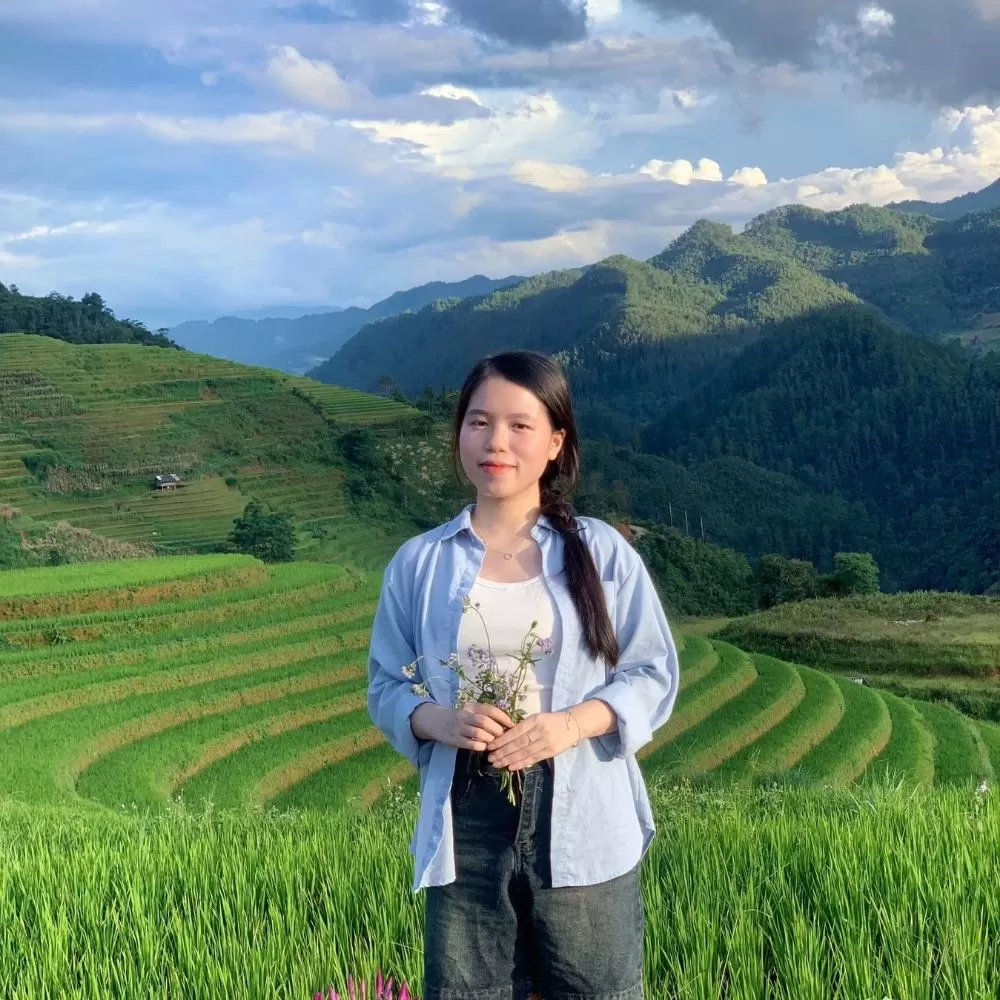





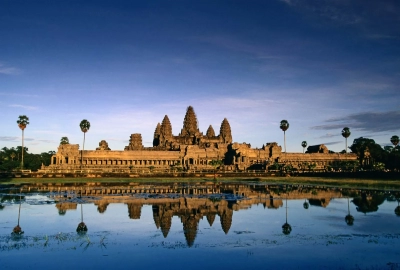
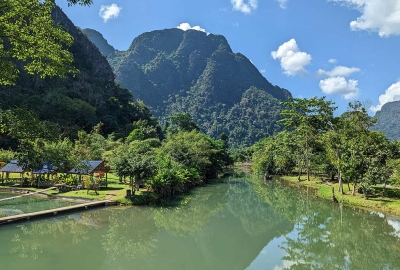
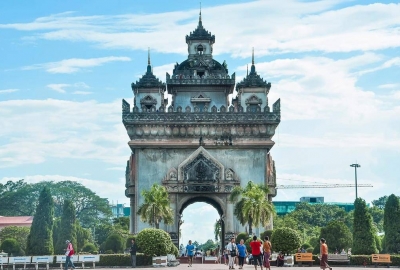
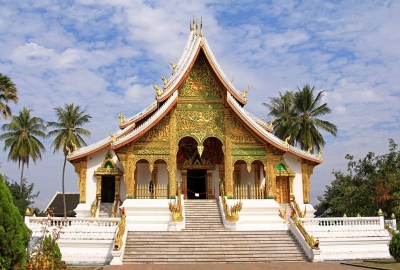
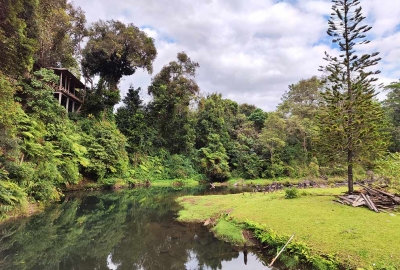
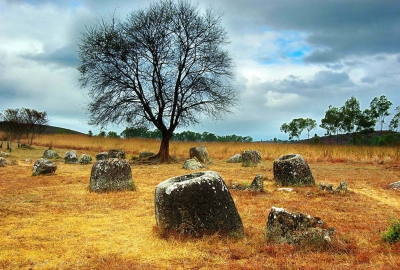
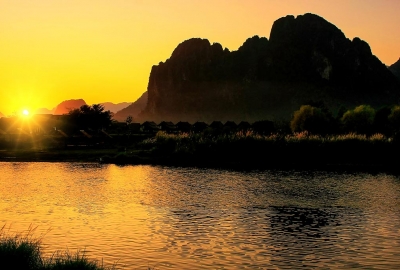
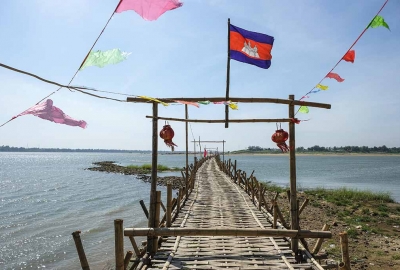
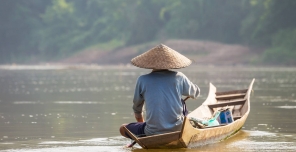
.webp)
